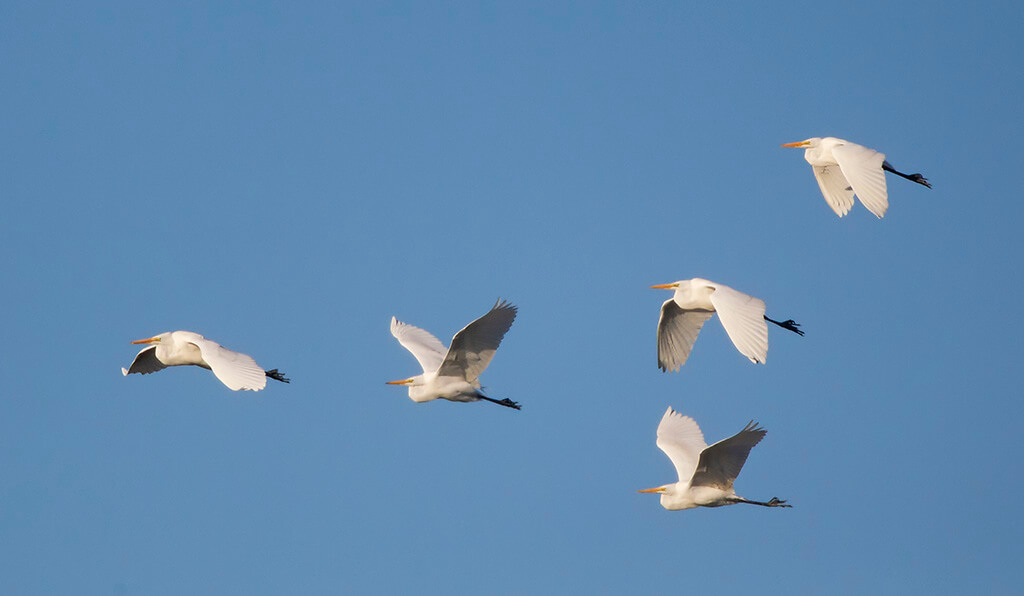CAPE MAY – New Jersey Audubon’s Cape May Bird Observatory is a national leader in the study of bird migration, especially during birds’ southbound movements every fall.
Long-term migration monitoring efforts focus on three groups of birds: raptors, seabirds, and songbirds, at three distinct locations in Cape May County. The observatory’s migration counts collect data on approximately 300 species each year!
The longest running of these studies, the Cape May Hawkwatch, takes place at Cape May Point State Park every day from September through November. Now entering its 48th consecutive year, upwards of 45,000 birds of prey are tallied every year. In 2022, 47,029 individuals were counted, with the most common species being the Sharp-shinned Hawk, checking in at 15,018 individuals. Early in the season is the best time to see falcons, such as Peregrines, Merlins, and American Kestrels. Later, chances are better for the larger species, such as Bald and Golden eagles.

The Avalon Seawatch celebrated its 30th anniversary in 2022. The only project of its kind on the Eastern Seaboard, this count takes place from the beach in Avalon between 8th and 9th streets and runs from October through December. Easily the most strenuous assignment of the season, the seawatch counter works from dawn to dusk, even in inclement weather. With a total of 835,807 individuals of 66 species counted in 2022, significant expertise is required in sustaining this study. The birds are often distant and are identified by using a high-powered spotting scope.
The Borough of Avalon generously created two structures specifically for the seawatch effort. An enclosed hut with sliding windows allows for a break from high winds and weather for the counter, and an open shelter, affectionately known as “the bus stop,” offers visitors a place to huddle.
Established in 2003, The Morning Flight Songbird Count at Higbee Beach Wildlife Management Area requires a different set of skills. As Cape May Bird Observatory’s Migration Count Coordinator, Tom Reed, mentioned recently, “The idea is to identify a bird the size of a candy bar in a few seconds as it speeds by and quickly disappears.”
Songbirds migrate south overnight, but many then fly north as the sun rises – a sort of reorientation or course correction after drifting over the open ocean, or an effort to seek out better stopover habitat to fuel up in for the day. The count takes place daily from August through mid-November, beginning at dawn and usually ending about four hours later. A total of 508,339 individual migrants of 121 species was recorded during the 2022 count season. The Morning Flight Count is truly a pioneering effort, and it has inspired additional work on this phenomenon in various locations throughout North America.
All data from the observatory’s migration counts is recorded in real time on tablets and entered into the international Trektellen database. You can view the hourly, daily, and seasonal totals on New Jersey Audubon’s website.

The Cape May Bird Observatory also hires interpretive naturalists each fall so that members of the public can learn about bird migration at each of these sites. All are welcome and encouraged to witness the amazing phenomenon of fall bird migration in Cape May, which is often best on a day with northwest winds.
For more information, visit www.njaudubon.org.







